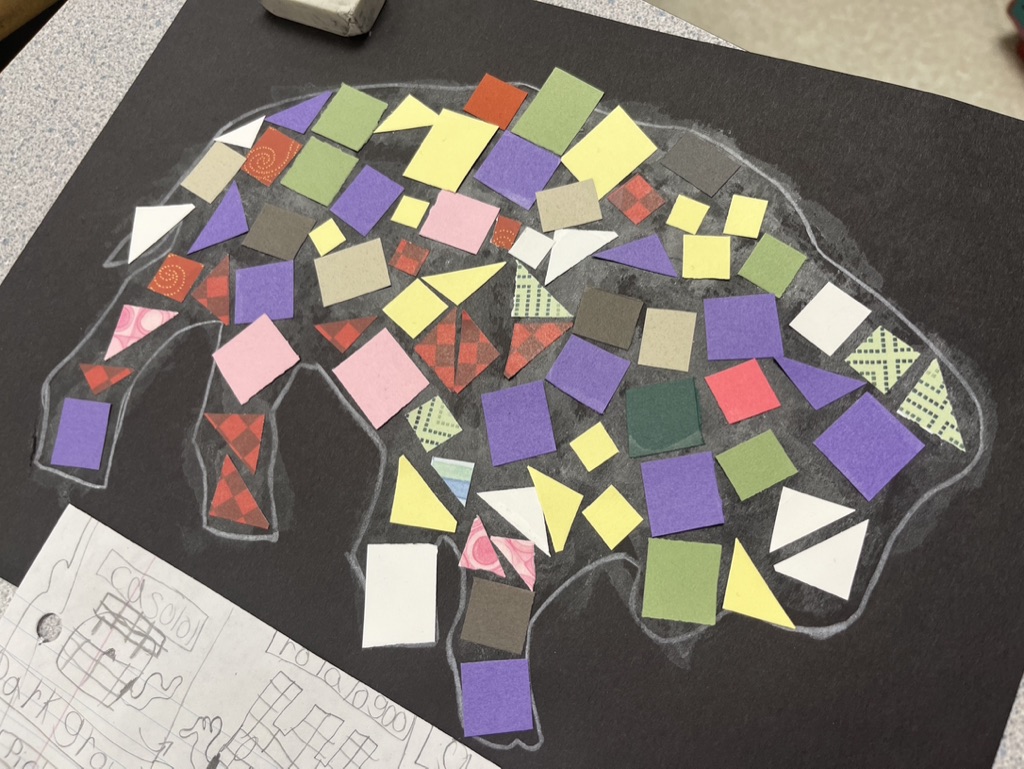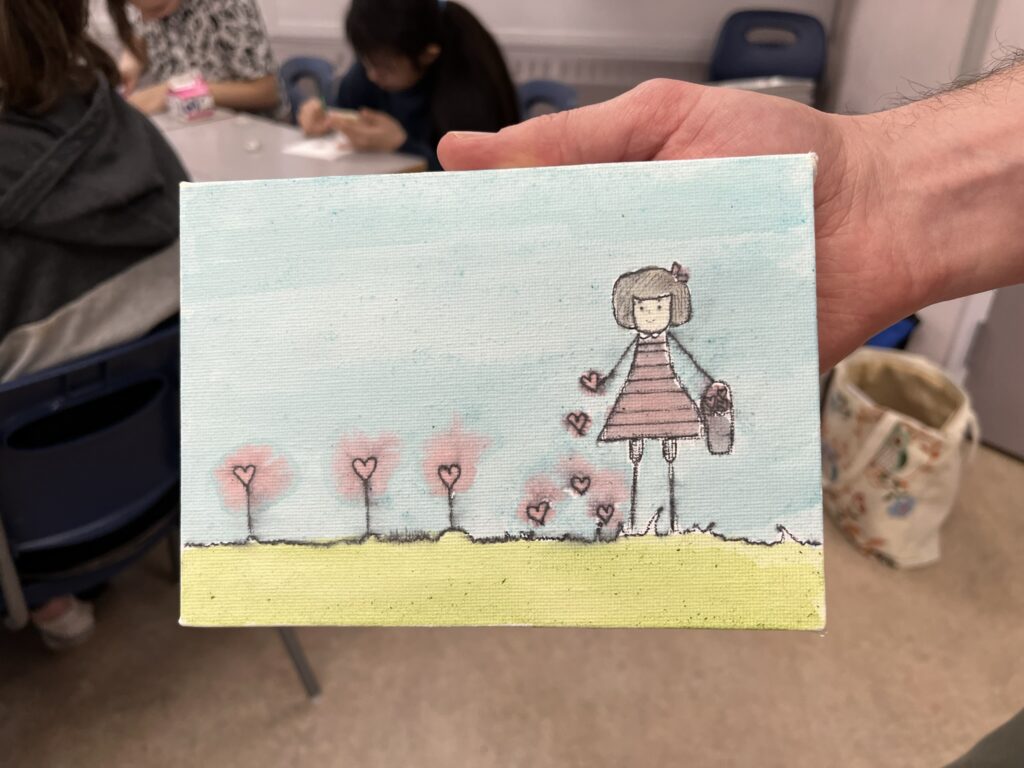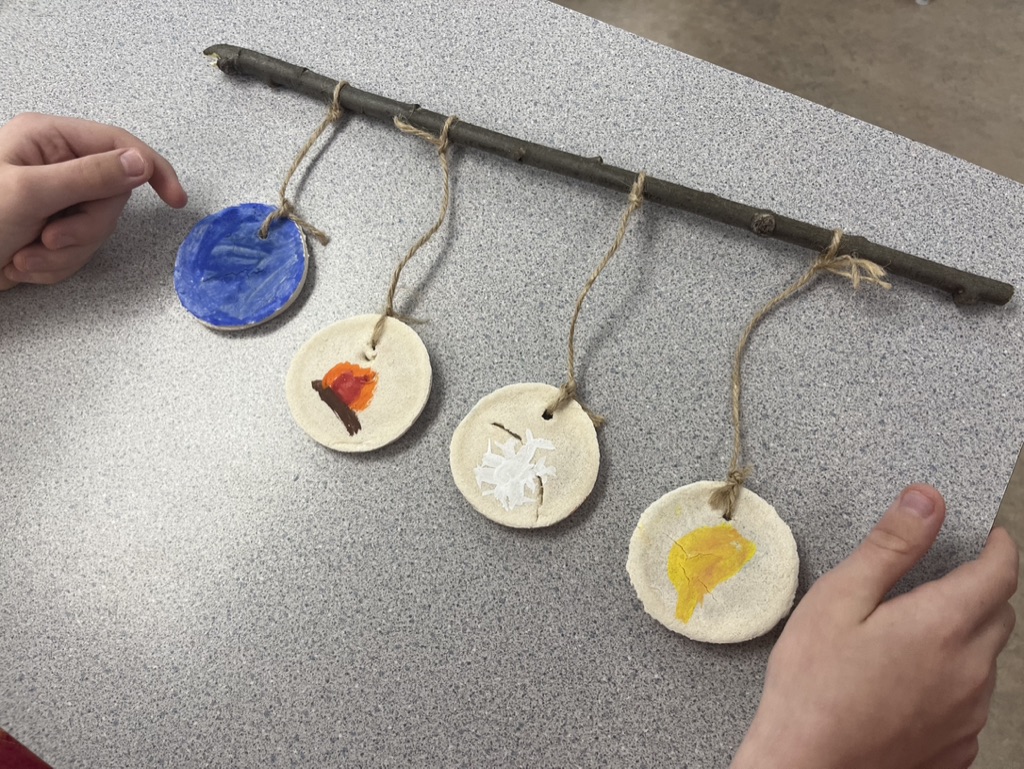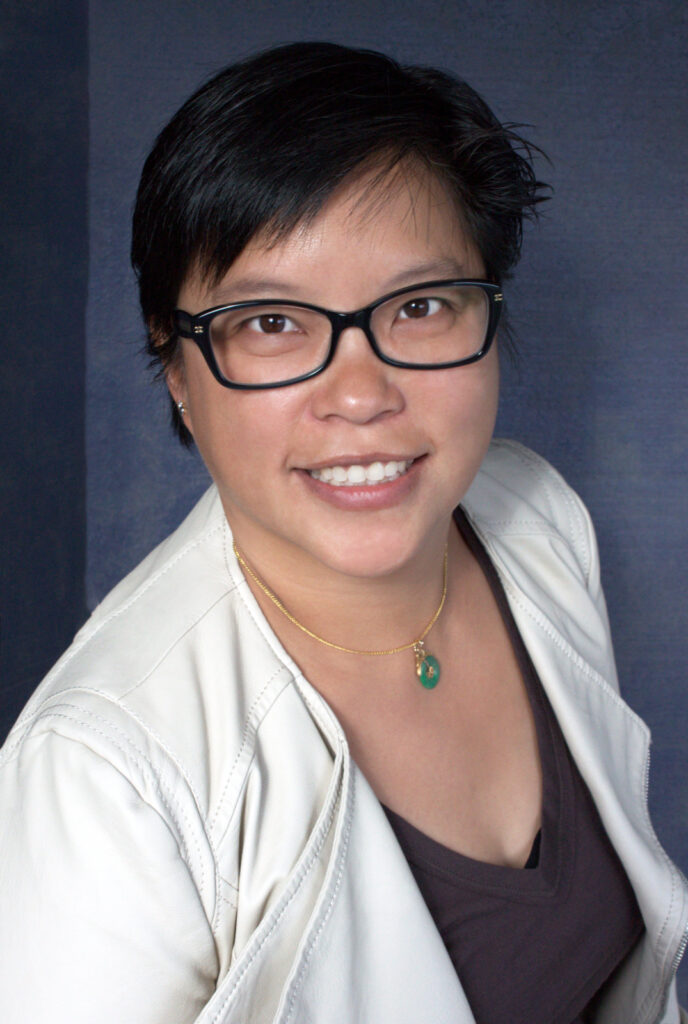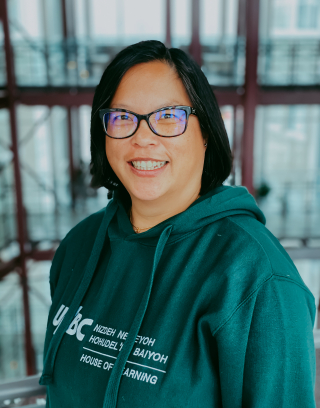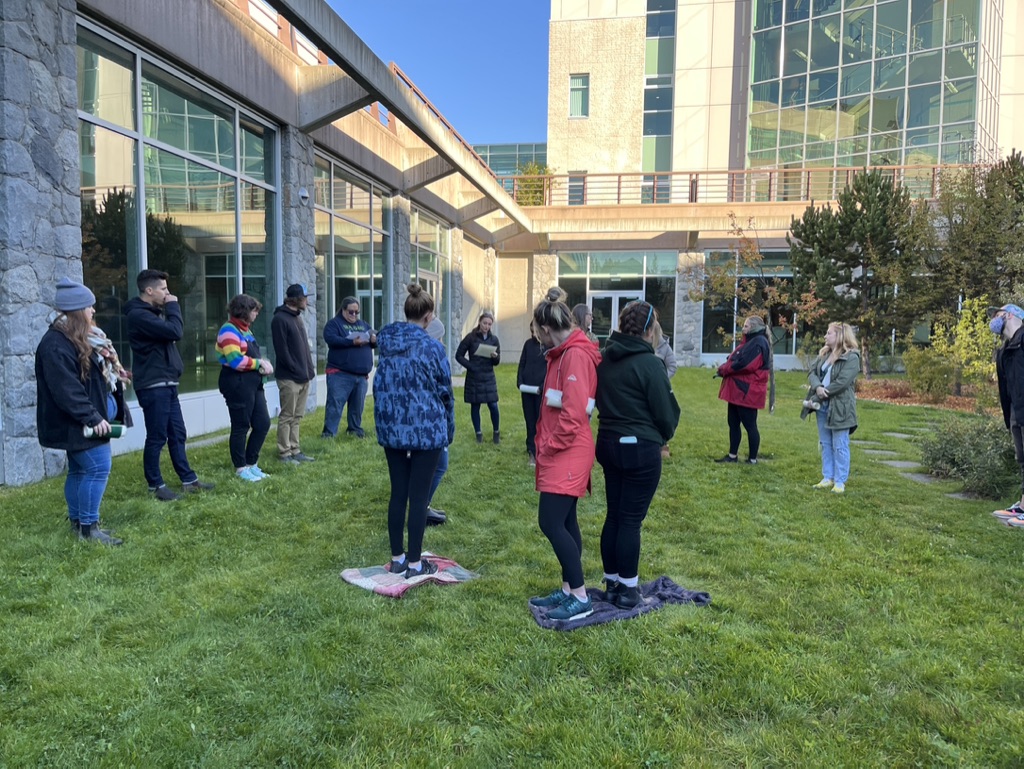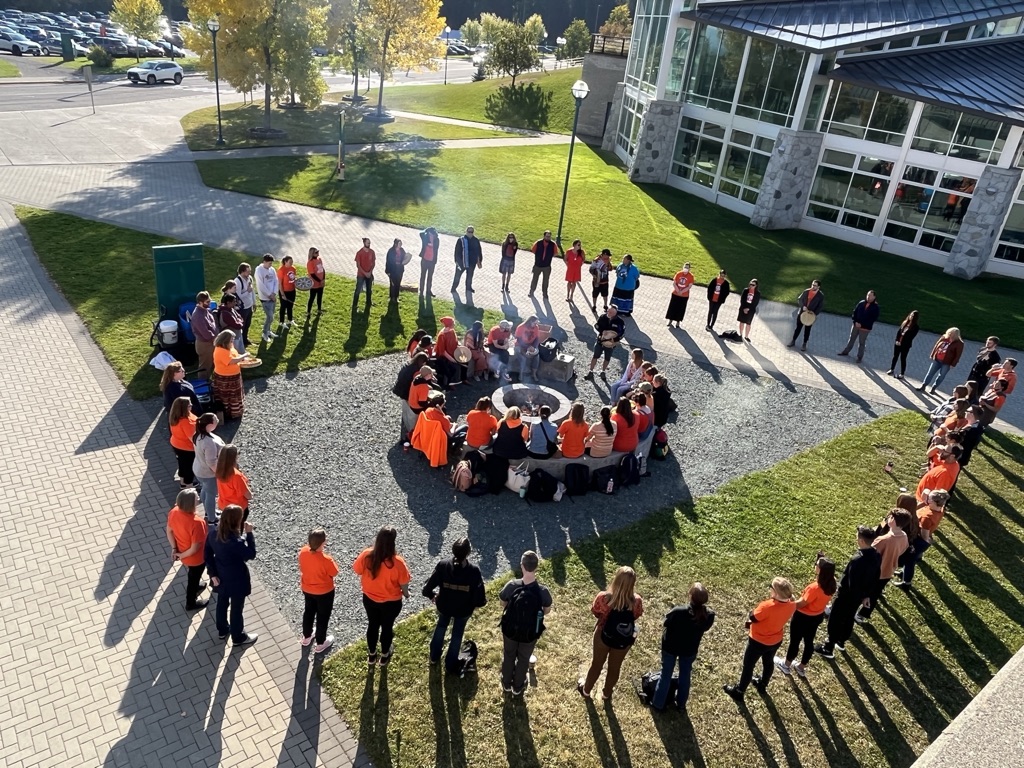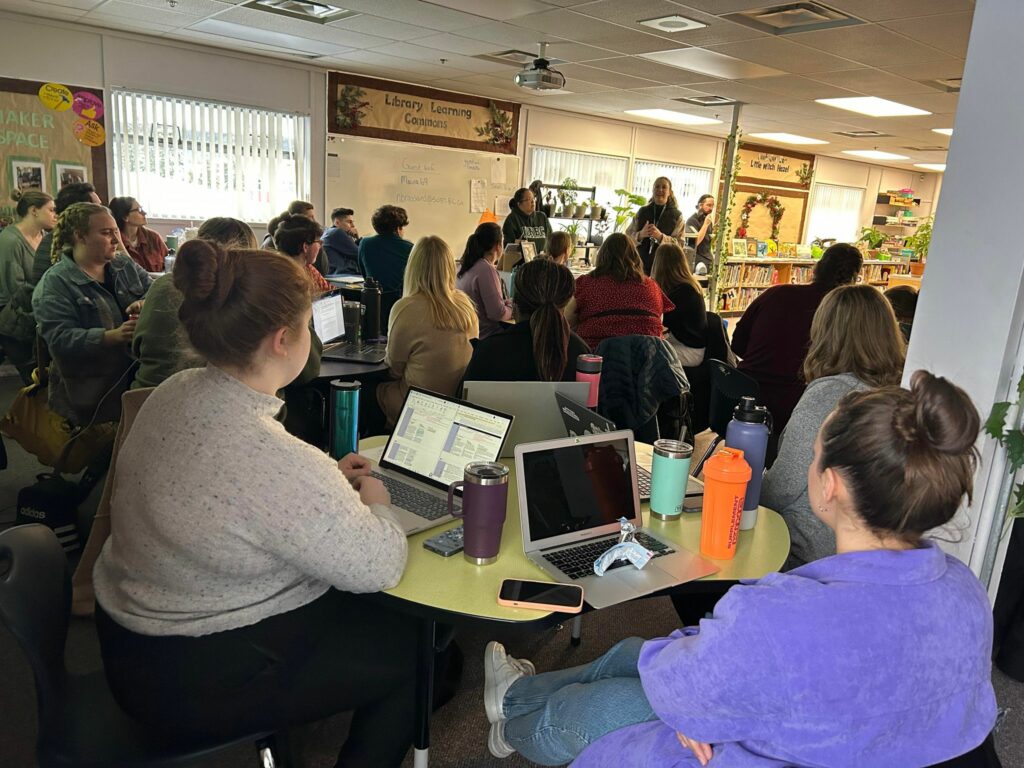Educators value the success of all students. Educators care for students and act in their best interests.
In writing this webpage, I’ve been teaching in teacher education for about 4-years. I’ve appreciated the teaching and learning opportunities in the program and the autonomy I have to design learning experiences that focuses not only on the success of the teacher candidate, but also K-7 students, teachers, and staff. I have taught EDUC 490 (formative practicum) and EDUC 491 (summative practicum) during my time at the university. I’ve learned about how the program scaffolds learning, how teacher candidates develop over time, and what the field expects.
With this experience and knowledge acquired, I was assigned to teach EDUC 391 (experiential practicum) and EDUC 421 (assessment and motivation) for the first time last school year. I thought this would be an opportunity to bring back “in situ” learning back to the teacher education program and collaborate with the staff and students at Harwin Elementary. It was an interesting time to re-implement the initiative for several reasons: (1) we were just returning back to in-person classes after being situated in remote/online learning due to COVID-19 and its safety protocols; (2) the last implementation was with a social studies methodology course and with EDUC 391; and (3) I did not teach this cohort in the first term and did not establish a relationship with them nor understood their prior knowledge.
When trying new things (to me) you just have to jump in with two feet and try. It was a big idea for the cohort but an opportunity to bridge theory and practice working with K-7 students with support of the classroom teacher. I was very pleased to have the opportunity last year to re-implement “in situ” learning. Thank you to the administrator at the time to open the door. We collaborated and made the implementation possible. Albeit bumpy, I learned from that experience to try again with a second. This time, I taught this cohort in term 1 in EDUC 405 and EDUC 394 and spent some critical time learning on the land and lesson planning.
A new school administrator this school year, but I continue with that opportunity to teach EDUC 391 and EDUC 421 in the second term. We returned to Harwin. I have a relationship with the teacher candidates, I spent a lot of class time in term 1 in preparation for term 2 and we continue our learning together with Harwin teachers, staff, and students. I was pleased to know that the teachers wanted us back. This year, we achieved a serendipity with all stakeholders. It was amazing to know that students and staff looked forward to us on Thursdays for 6-weeks.
We focused on lesson planning in the areas of Art Education, Career Education, and Indigenous Education. We held both classes in the school library on Thursdays and teacher candidates planned and prepped for 1-hour lessons with small groups of students in each class. Some teacher candidates worked with small groups independently or opted to team teach and co-plan. Working with K-7 students helped to connect theory and practice through lesson planning and assessment using BC’s Curriculum, First Peoples Principles of Learning, and UDL. We had recent graduates from the program who were teaching at Harwin to present and share their experiences as a new teacher; I co-taught with the school librarian and student support teacher; and I collaborated with the vice-principal and principal.
I appreciated how classroom teachers monitored the teacher candidates and provided feedback to me and the teacher candidates and I loved circulating the school to observe how the teacher candidates were doing with each group or class. We had opportunities to reflect on practice but also understand the importance of relationships with students and adults in the school, designing lessons with students at the centre, and meeting students where they are. “In situ” learning also provides a scaffold for teacher candidates before they head into their first teaching practicum as part of EDUC 391. I was pleased to visit or chat with teacher candidates during practicum to learn that the learning continues.
I write this artefact of putting valuing the success of all students and acting in their best interest through lesson/program planning. I do intend to write about this year and last year as a program evaluation, but there is something so valuable about “in situ” learning that cannot be resembled in a lecture or university setting. During my time at Harwin, I received many compliments from teachers, admin, and staff. Students were the best because they provided “in real time” feedback on teaching, lesson planning, and assessment practices to the teacher candidate. I am pleased with how the teacher candidates are performing in EDUC 391 practicum and the questions they are asking about assessment and evaluation. Thank you Harwin for this amazing learning experience. We could not do this learning without you!!!
The images below are teacher candidate exemplars or examples of student work.
